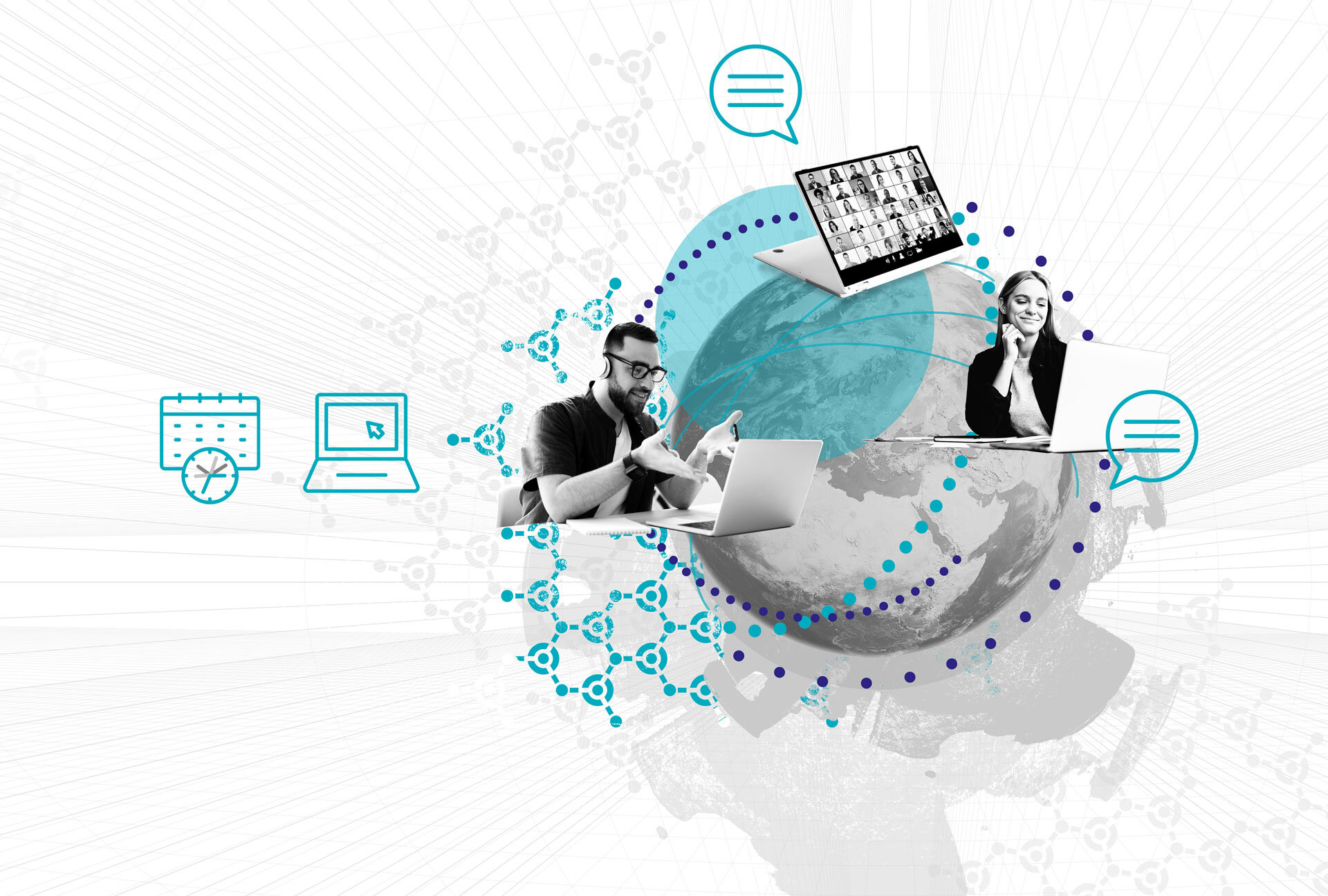EU AI Act Responsible Systems
The EU Artificial Intelligence (AI) Act represents a significant step forward in regulating AI technologies across the European Union. Its purpose is to establish a unified legal framework, ensuring human rights protection, safety, and the ethical use of AI, while fostering innovation and accountability. With its phased implementation starting in 2024, the Act brings major changes to how AI systems are designed, deployed, and monitored.
In this article:
Overview of the EU AI Act
The EU AI Act aims to:
- Establish a unified legal framework for AI across the EU.
- Protect human rights and ensure safety.
- Prohibit harmful and unethical uses of AI.
- Promote transparency and accountability in AI systems.
- Foster innovation and technological growth.
Timeline for Implementation
The Act includes specific deadlines for compliance:
- August 2024: Prohibited AI practices must stop immediately.
- August 2025: Transparency rules for general-purpose AI, including content labeling, take effect.
- August 2026: High-risk AI regulations, such as those in healthcare, become enforceable with strict data quality standards.
Why This Matters
AI adoption is growing rapidly, with 42% of organizations utilizing AI in 2023—a 7% increase from 2022. The EU AI Act not only imposes penalties of up to 7% of global turnover for non-compliance but also reflects a societal responsibility to use AI ethically, addressing inequalities and safeguarding future generations.
The Risk-Based Approach
The EU AI Act categorizes AI systems into four risk levels:
- Unacceptable Risk: Prohibited under Article 5.
- High Risk: Strict regulation and obligations under Articles 6-51.
- Limited Risk: Providers regulated under Articles 52a-52e.
- Minimal Risk: Subject to transparency obligations under Article 52.
Key Principles of Responsible AI
Building responsible AI systems involves adhering to several key principles:
- Explainability: AI models should be transparent and easy to understand.
- Bias & Fairness: Detect and mitigate biases to ensure equitable outcomes.
- Accountability: Define responsibilities for AI outcomes clearly.
- Data Suitability: Use appropriate, high-quality data in compliance with regulations.
- Monitoring: Continuously track AI performance to ensure reliability.
- Transparency: Disclose system functionalities clearly and provide user mechanisms for feedback.
- Auditability: Maintain detailed logs of algorithms, datasets, and configurations.
Steps to Build Responsible AI Systems
Organizations can prepare for compliance and ethical AI usage through the following steps:
- Implement scalable AI services.
- Develop predictive reporting mechanisms.
- Establish robust governance frameworks.
- Leverage tools and platforms for AI development.
- Ensure data suitability and compliance.
AI Marts: Enabling AI Act Compliance
Traditional machine learning workflows without centralized data management can lead to feature inconsistencies, operational complexity, and compliance issues. AI Marts address these challenges by providing:
- Centralized feature management.
- Integration of feature engineering into workflows and pipelines.
- Metadata and version control.
- Scalable feature serving across targets.
- Comprehensive logs for governance and auditing.
Benefits: AI Marts enhance data governance and security, serving as a critical step towards compliance with the EU AI Act.
Conclusion
As AI adoption grows, compliance with the EU AI Act is essential for organizations aiming to use AI responsibly. By implementing risk-based strategies, embracing transparency, and leveraging tools like AI Marts, companies can align with regulatory requirements while fostering trust and innovation.
Watch the Video
Meet the Speaker

Lorenz Kindling
Senior Consultant
Lorenz is working in Business Intelligence and Enterprise Data Warehousing (EDW) with a focus on data warehouse automation and Data Vault modeling. Since 2021, he has been advising renowned companies in various industries for Scalefree International. Prior to Scalefree, he also worked as a consultant in the field of data analytics. This allowed him to gain a comprehensive overview of data warehousing projects and common issues that arise.

